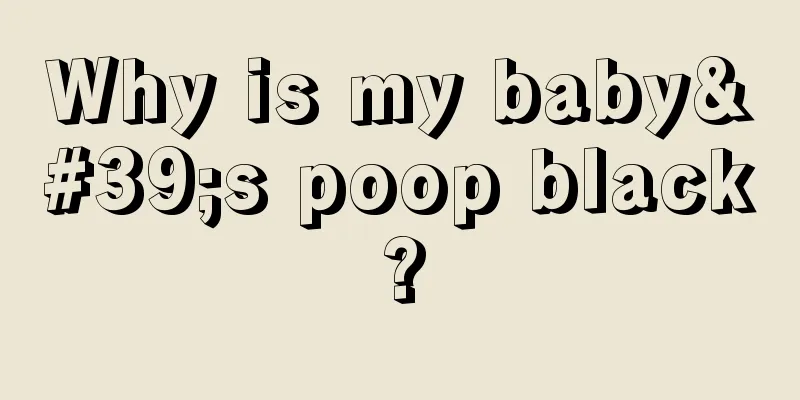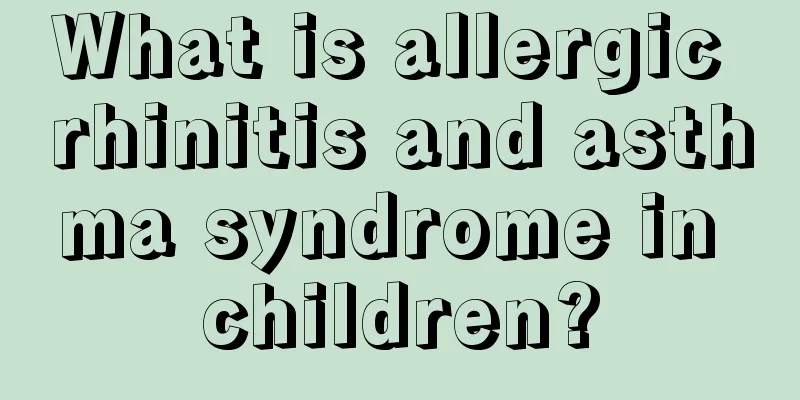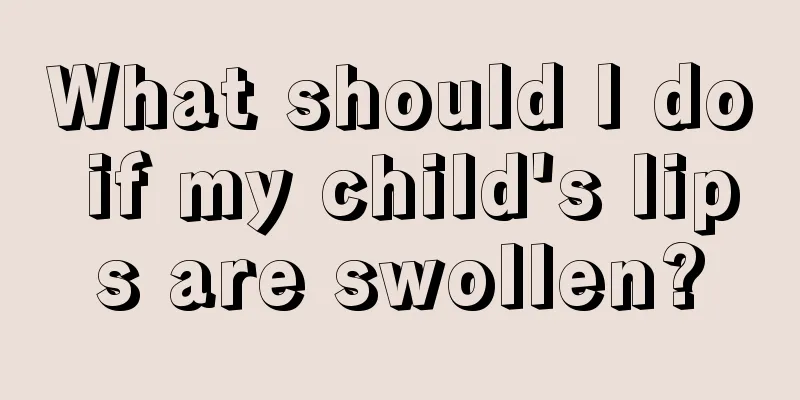What is going on when the baby has a fever all over the body?

|
The quality of a baby's physique is determined by acquired environmental factors. Some babies are not infected when epidemic viruses break out, while some babies will catch a cold and have a headache as soon as they are exposed to the wind. Babies are prone to catching colds and headaches, which makes parents anxious and can easily lead to cold complications, causing the baby to have a fever and inflammation. So what is going on with the baby's fever? Since fever is a symptom of disease, how do we identify what disease is causing the fever? 1. Cold and fever: The body temperature may be high or low, often accompanied by nasal congestion, runny nose, sneezing, mild cough, and pharyngeal congestion. 2. Tonsillitis: Most of the time it is a simple fever, with red and swollen tonsils and suppuration, and there may be a slight nasal congestion. 3. Pneumonia: The four major symptoms of fever, cough, wheezing and sputum are all visible. It is a viral pneumonia that is common in winter and is a very dangerous type of pneumonia in children. 4. Children with fever accompanied by vomiting and diarrhea are mostly suffering from enteritis, autumn diarrhea, and summer dysentery. In the summer, if a child has persistent high fever and abdominal distension, even if he or she does not have diarrhea temporarily, the possibility of toxic dysentery should be ruled out. 5. Many infectious diseases can cause fever, such as chickenpox, measles, roseola infantum, scarlet fever, etc. Especially in winter and spring, we should pay attention to the fever of these diseases. There is another type of fever that parents fear the most, and that is febrile convulsion in children. Children's convulsions caused by high fever are called febrile convulsions. They are the most common cause of convulsions in infants and young children. They are more common in children aged 6 months to 3 years old and rare after 5 years old. About 50% of children have similar medical histories in their parents or close relatives. Viral upper respiratory tract infections are more common in children. Therefore, high fever must be controlled as soon as possible! Don't delay! I believe that through the above introduction, parents will have a certain understanding of what is going on with the baby's fever, and they also know the causes of the baby's fever, which is not necessarily caused by a cold. Therefore, when you find that the baby has a fever all over the body, do not conclude that the baby's fever is caused by a cold based on daily life experience. Only by finding the cause can you reduce the baby's temperature. |
<<: Why is my baby's skin a little yellow?
>>: What to eat for baby's fever and cold
Recommend
The reason why three-month-old babies fart smells bad
Many three-month-old babies have particularly sme...
What kind of pillow is good for children?
Every child is growing every day. For children in...
White spots on the corners of the child's eyes
If white spots appear on the corners of children&...
What should a 2-year-old baby with anemia eat?
Everyone knows a simple truth. Since having child...
If your baby has diarrhea, wash his butt frequently to prevent rash
When your baby has diarrhea, you must prevent but...
How to treat baby tooth decay?
Children do not take good care of their oral cavi...
What should I do if my newborn baby has bloodshot eyes?
Having bloodshot eyes is a very common phenomenon...
What are the symptoms of recurrent hernia in children?
Most people believe that pediatric hernia will no...
What are the dangers of picky eating in primary school students?
The harm of picky eating among primary school stu...
What to do if a child has developmental problems
Children's growth and development and the gro...
The baby's belly button fell off and there was some bleeding
If parents find that their baby's belly butto...
A few simple tips to make your baby love drinking water
Parents pay great attention to replenishing their...
Newborn baby snoring while sleeping
Because the language function of newborns is unde...
What is the cause of the baby's stomach discomfort?
In the hot summer, stomach discomfort is a common...
What should I do if my child has a fever and refuses to drink water?
Once a child feels unwell or has a fever, parents...









